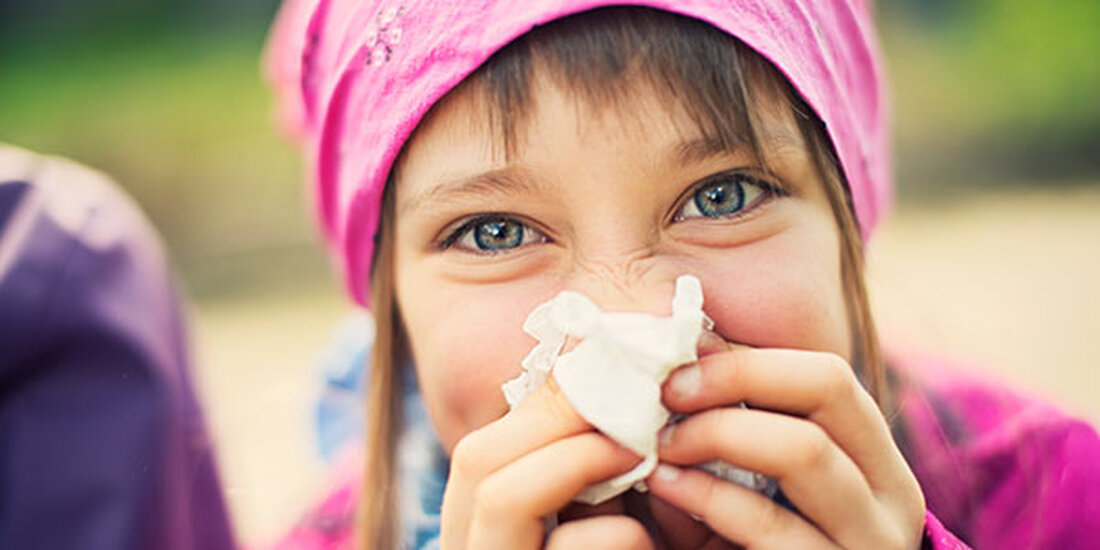The difference between an allergic reaction and a food-borne illness
Across Washington state, people are waiting for food to arrive at restaurants, deciding what to have for dinner, or grabbing a quick lunch at the office. Most of them probably don't think about food-borne illnesses or allergies, but some of them get sick from the food they ate at home or on the go. While it's not something you want to think about, it's important to know the facts so you can protect your health and avoid serious complications. Side effects that occur after consuming certain foods are usually due to food-borne illnesses...

The difference between an allergic reaction and a food-borne illness
Across Washington state, people are waiting for food to arrive at restaurants, deciding what to have for dinner, or grabbing a quick lunch at the office. Most of them probably don't think about food-borne illnesses or allergies, but some of them get sick from the food they ate at home or on the go. While it's not something you want to think about, it's important to know the facts so you can protect your health and avoid serious complications.
Side effects that occur after eating certain foods are usually due to food-borne illness or allergic reactions. These are similar in several key respects. First, many substances can cause both disease and reaction. Second, the effects of allergic reactions and foodborne illnesses can be mild, severe, or even fatal. Finally, with a little care and effort, allergic reactions and food-borne illnesses can usually be avoided. The two are also very different in many ways.
Foodborne illness – often simply referred to as food poisoning – is the result of consuming contaminated food. Everyone is susceptible to them to some extent. There are four main classes of contaminants that can cause foodborne illness:
- Bakterien
- Viren
- Parasiten
- Toxine mit Bakterien
Symptoms of the above contaminants may include fever, cramps, diarrhea, vomiting and fatigue. Kidney failure and paralysis are some of the more serious effects of certain types of bacteria, including E. coli and Clostridium botulinum. Four main strategies for preventing foodborne illness include:
- Tierische Produkte wie Fleisch und Eier gründlich kochen
- Obst und Gemüse vor dem Verzehr waschen
- Heiße und kalte Speisen kalt halten
- Vermeidung von Kreuzkontaminationen in der Küche durch Waschen von Oberflächen und Utensilien, die mit riskanten Lebensmitteln in Kontakt gekommen sind
Allergic reactions to food occur when a person consumes a food that they are allergic to. Unless the person is aware of their allergy, such consumption is usually unintentional. One of the main differences between foodborne illnesses and allergies is that not everyone is susceptible. As long as they are not contaminated, many people without allergies can consume any food without suffering side effects.
A person can potentially react to virtually any type of food, although some allergies are more common than others. Some of the most common allergies are:
- Nuss- und Samenallergien
- Milch- und Eiallergien
- Weizenallergien
- Allergien gegen Meeresfrüchte
Allergic reactions cause many of the same symptoms as food-borne illnesses, including stomach pain, abdominal cramps, fatigue and vomiting. However, allergic reactions can be much more serious than food-borne illnesses. A person with a severe allergy to a food may go into anaphylactic shock when consumed, which can lead to respiratory failure and death within minutes. The only way to prevent allergic reactions is to avoid contact with the problem food. This means reading labels carefully and always informing restaurant staff of any food allergies.
Unless you have a severe allergy, it can sometimes be difficult to distinguish between allergic reactions and foodborne illnesses. If you suspect this, it is important to see a doctor. He or she can tell you how best to deal with your symptoms and help you pinpoint the source.
Inspired by Kirk Bernard

 Suche
Suche
 Mein Konto
Mein Konto
